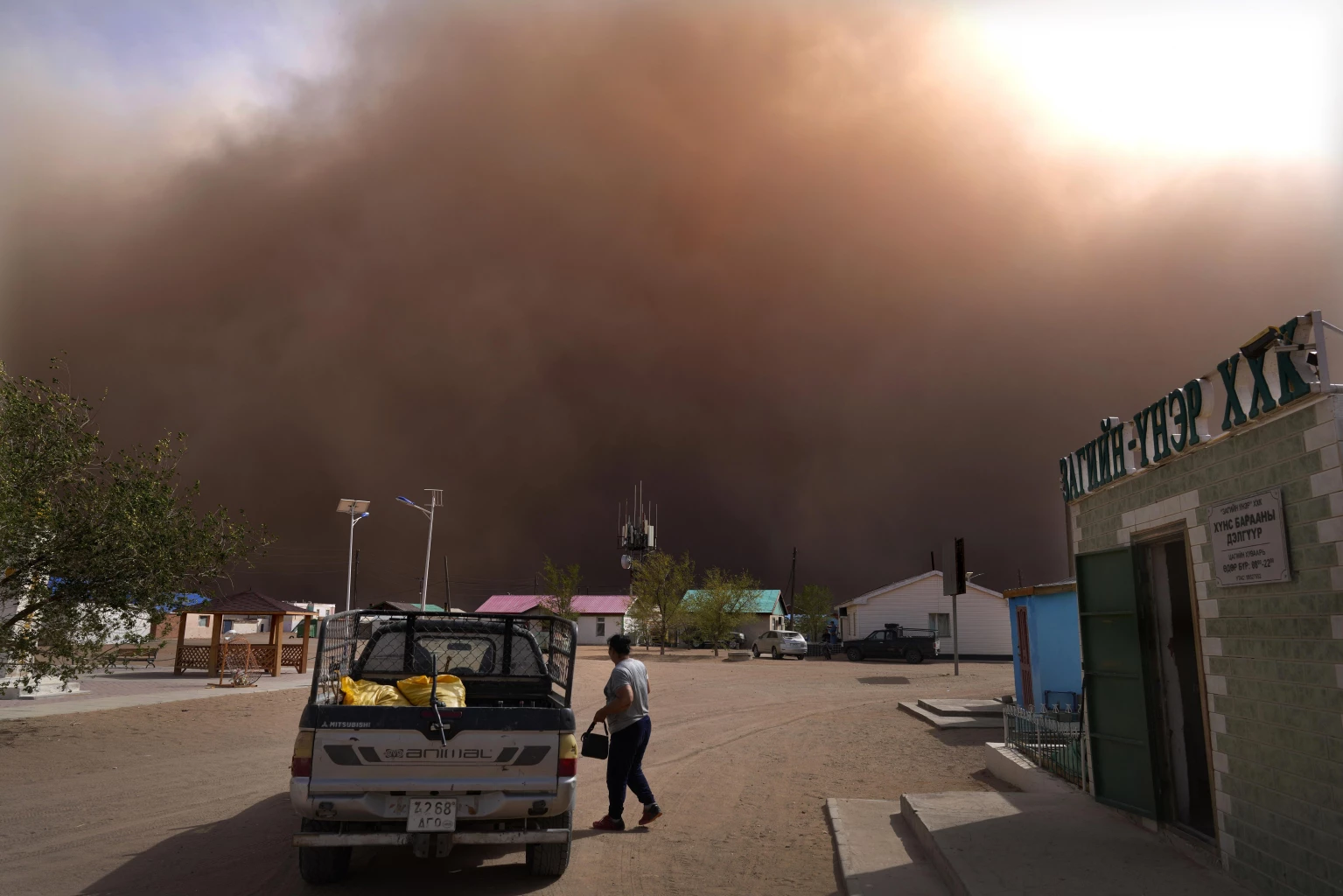
Sand and dust storms are "dramatically" more frequent in some places worldwide, with at least a quarter of the storms caused by humans, according to the UN Convention to Combat Desertification (UNCCD).
"The sight of rolling dark clouds of sand and dust engulfing everything in their path and turning day into night is one of nature's most intimidating spectacles. It is a costly phenomenon that wreaks havoc everywhere from Northern and Central Asia to sub-Saharan Africa," said Ibrahim Thiaw, UNCCD's executive secretary.
"Sand and dust storms present a formidable challenge to achieving sustainable development. However, just as sand and dust storms are exacerbated by human activities, they can also be reduced through human actions," said Thiaw.
While sand and dust storms are a prevalent and seasonal natural phenomenon in some regions, the problem is exacerbated by poor land and water management, droughts, and climate change, according to UNCCD experts.
"Sand and dust storms have become increasingly frequent and severe having substantial transboundary impacts, affecting various aspects of the environment, climate, health, agriculture, livelihoods, and the socioeconomic well-being of individuals. The accumulation of impacts from sand and dust storms can be significant," says Feras Ziadat, chair of the UN Coalition on Combating Sand and Dust Storms.
"In source areas, they damage crops, affect livestock, and strip topsoil. In depositional areas atmospheric dust, especially in combination with local industrial pollution, can cause or worsen human health problems such as respiratory diseases. Communications, power generation, transportation, and supply chains can also be disrupted by low visibility and dust-induced mechanical failures," said Ziadat.
Accompanied by policy recommendations, the warning comes as a five-day meeting takes place in Samarkand, Uzbekistan.
The meeting, scheduled for Nov 13-17, includes a high-level session to address the impacts of sand and dust storms on global agriculture, industry, transportation, water and air quality, and human health.


